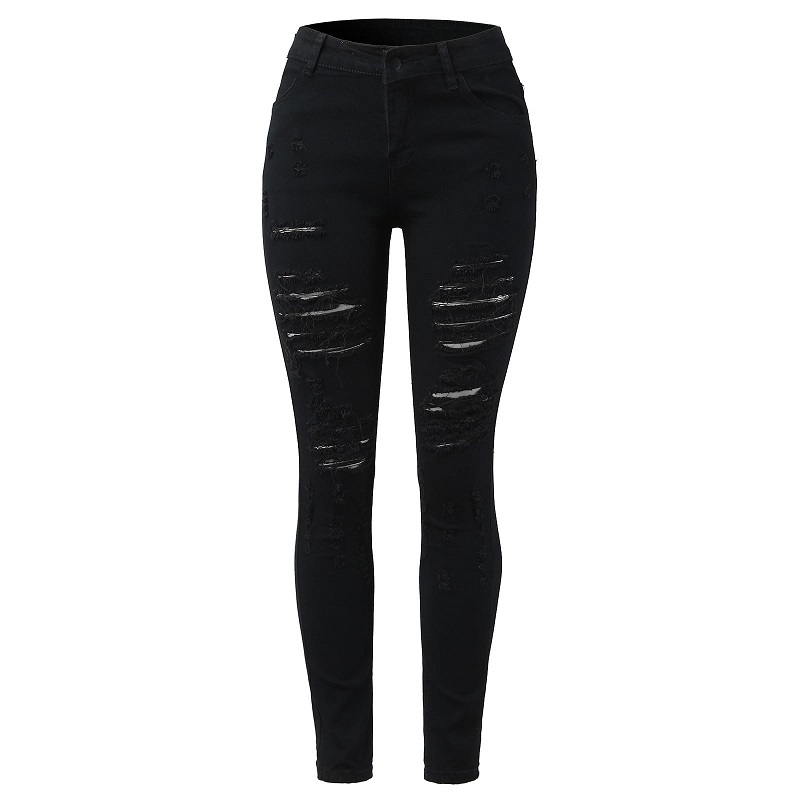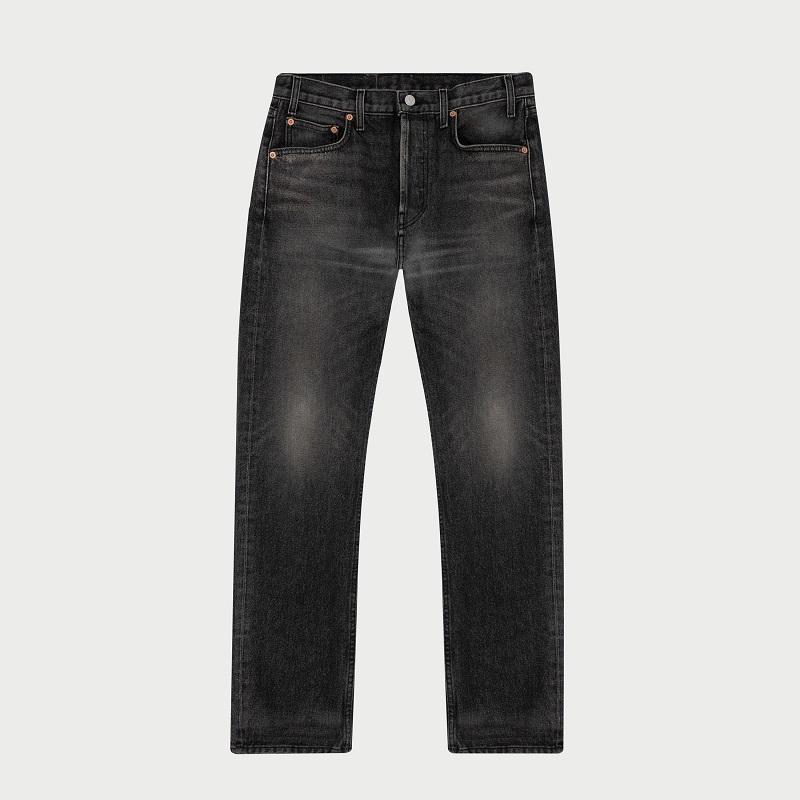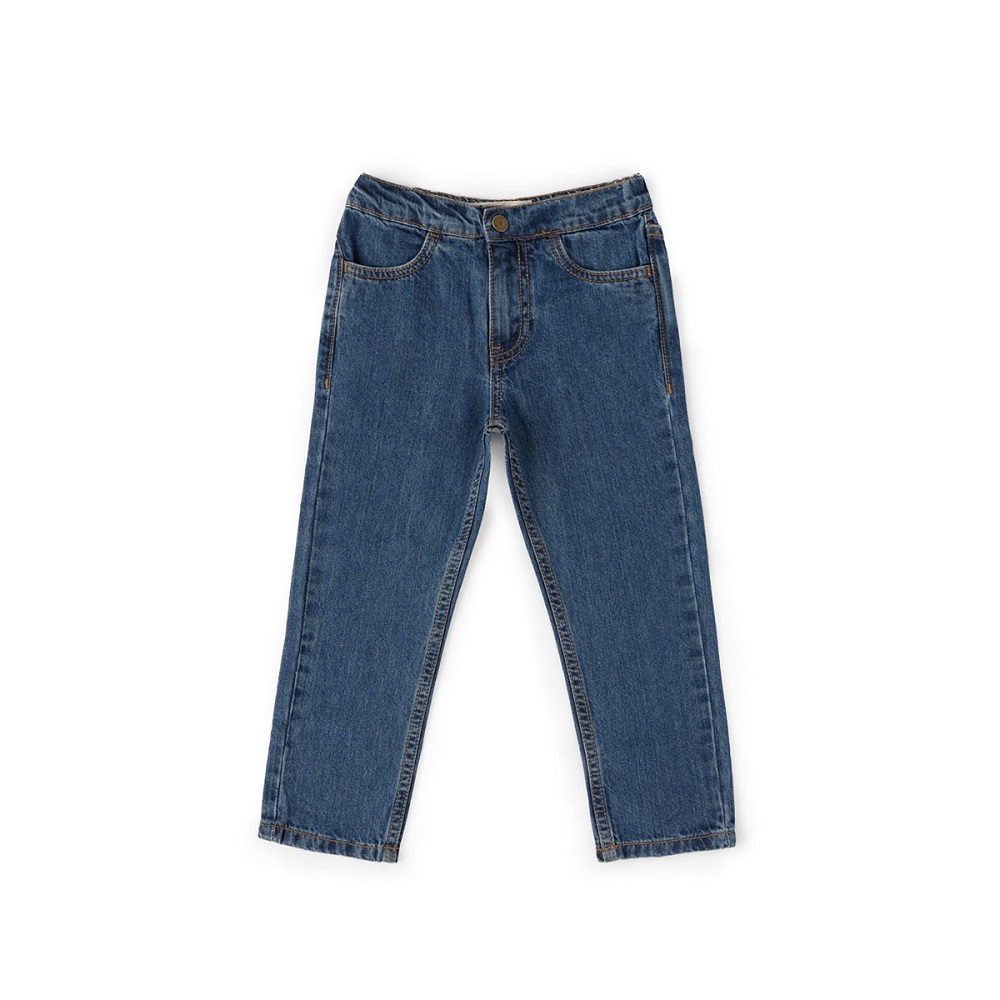Introduction to Denim Dyeing
How to dye jeans black? Denim dyeing is a creative way to refresh your wardrobe. Faded jeans often need a new life, and dyeing them black is a popular choice. It’s a relatively straightforward process with room for both beginner and advanced techniques. Whether you’re looking to embrace a gothic style, or just want to restore your favorite pair to their former glory, black dye can be your ally.

Choosing the Right Dye for Your Jeans
How to dye jeans black? To begin the transformation of your faded jeans, selecting the appropriate dye is crucial. The type of fabric, desired shade, and permanence of color are factors to consider.
Fiber-Reactive Dyes
Fiber-reactive dyes bond chemically with cotton fibers, resulting in a vibrant, long-lasting black. They are perfect for cotton jeans and maintain color through many washes. These dyes might need a bit more work. They require salt and soda ash as activators. However, for intense, lasting color, it’s worth the effort.
Box Dyes
Box dyes are convenient and widely available. They’re easier to use but may offer a less consistent result. Colors can fade faster with these dyes. You might find that they bleed in the wash. These are a great quick fix for a less permanent solution. Use them with caution if you want to avoid staining other clothing.
Natural Dyeing Options
For a unique approach, consider natural dyeing. Using materials like walnut hulls gives jeans a rich color, almost black. This method is more time-consuming and less predictable. But, for an eco-friendly choice, it can be rewarding. Just know that natural dyes may gradually fade and vary in result.
Preparing Your Jeans for Dyeing
How to dye jeans black? Before you start dyeing your jeans black, preparation is key. Properly prepping your jeans ensures an even dye and prevents issues. Here’s how to get your jeans ready for a successful dye job:
Wash Your Jeans First
Wash the jeans with detergent. Do not add fabric softener. Remove any stains during this wash.
Drying is Optional
After washing, you may dry your jeans or keep them damp. This depends on your chosen dye method.
Protect Your Workspace
Lay down plastic sheets or old newspapers. This will protect surfaces from dye stains.
Wear Protective Gear
Use gloves and wear old clothing or an apron. This protects your skin and clothes.
Prepare Your Dyeing Tools
Gather pots, spoons, and measuring cups. Make sure they are ready for use.
Follow the Dye Instructions
Read the dye packet instructions. Get clear on the process before starting.
With these steps, your jeans will be primed for dyeing. The right prep leads to the best results.

Step-by-Step Guide to Dyeing Jeans Black
How to dye jeans black? Transforming your jeans womens to a deep black shade can be simple with the right guidance. Below, we provide detailed steps for different dyeing methods.
Using Fiber-Reactive Dyes
Fiber-reactive dyes offer vibrant, lasting color, especially for cotton materials. Start by washing jeans without fabric softener. Wet the jeans evenly to prepare for dyeing. Dissolve dye in warm water, following your brand’s specific measurements. Use salt and soda ash to activate the dye; blend them into the dye bath. Submerge the jeans, stirring frequently to ensure even coverage. Continue agitating for up to an hour, then let the jeans soak according to the dye instructions. Rinse the jeans until the water runs clear. Finally, wash the jeans in cold water to set the dye, and let them dry away from direct sunlight to prevent fading.
Working with Box Dyes
Box dyes are more accessible but could fade quicker. Clean your jeans first, then dampen them. Stir the dye into hot water in a suitable container. Follow the instructions for how much dye to use. Add jeans to the dye mixture. Stir regularly for even absorption. After the suggested time, rinse thoroughly. Use cold water to help set the color. Air dry the jeans to preserve the new color.
Machine Dyeing Method
Machine dyeing is not typically advised for black dyes due to staining risks. If you choose this, clean your machine and pre-wash your jeans. Use dye pods for convenience. Insert the pod and jeans into the machine. Run a hot wash cycle, as heat aids the dyeing process. After dyeing, run an empty wash cycle to clean the machine. You may need to clean the machine a few times to prevent future stains.
Natural Dyeing with Walnut Hulls
Natural dyeing takes time but is eco-friendly. Prepare walnut hulls by boiling and straining to make the dye. Wash your jeans with a neutral detergent. Simmer jeans in the dye bath, stirring gently. Leave to soak for several hours or overnight for a deep color. After dyeing, rinse jeans well and wash them in a light detergent. Let them air dry to fix the color.
Each method has its advantages. Select based on your preferences, and follow these steps for great results. Remember, the key to even, lasting dye is constant attention and proper rinsing.

Making the Black Dye Last
To keep your newly dyed black jeans looking sharp, follow these tips. Remember, proper care can significantly extend the life of the dye.
Wash Them Sparingly
Wash your jeans as little as possible. Each wash can fade the dye a bit more. When you do wash them, choose cold water. Cold water is less likely to strip away the dye. Turn your jeans inside out before washing. This helps protect the color from the abrasive action of the washing machine.
Use Gentle Detergents
Pick a mild, color-safe detergent. Harsh chemicals in regular detergents can cause the dye to bleed. Better yet, use a detergent designed for dark clothes. These detergents often have ingredients that help maintain dark colors.
Skip the Dryer
Avoid the clothes dryer. The heat from the dryer can make the black color fade faster. Instead, air dry your jeans away from sunlight. Sunlight can bleach fabrics, even black ones. Hang them or lay flat to dry in a well-ventilated, shaded area. This also helps to preserve the jeans’ shape and fit.
Store Them Correctly
Store your jeans in a dark, cool place. This prevents the black dye from slowly fading over time due to light exposure. A closet or drawer away from windows is ideal.
Use Vinegar Sets
Consider a vinegar set for the first wash. Mix a cup of white vinegar with cold water in a basin. Soak your jeans for about an hour. Rinse with cold water and then air dry. Vinegar can help set the dye and prevent bleeding.
Maintaining the rich black color of your dyed jeans is all about gentle care. With these tips, you can enjoy your refreshed denim for a long time.
Caring for Your Newly Dyed Jeans
After dyeing your jeans black, care is crucial for maintaining the color. Here are practical steps to follow:
Wash Jeans Less Often
Limit washing to keep the black dye vibrant. Each wash can fade the color.
Use Cold Water
Always wash your women’s black jeans in cold water. Hot water may cause the dye to bleed.
Turn Jeans Inside Out
This reduces friction during washing that can wear down the dye.
Select Mild Detergents
Choose soft, color-safe soaps. Harsh chemicals can strip the dye.
Avoid Dryers
Let jeans air dry. Heat from dryers can fade the black color faster.
Keep Out of Sunlight
Sun can lighten the dye. Dry jeans in a shaded area.
Vinegar Rinse
For the first wash, a vinegar rinse helps set the dye. Soak jeans in a mixture of one cup white vinegar and water.
By following these steps, your black dyed jeans will stay darker, longer.

Troubleshooting and Tips
Even with careful preparation and following instructions, you might encounter issues when dyeing your jeans black. Here are some troubleshooting tips and additional advice to ensure a successful dye job.
Uneven Color
If your jeans come out patchy or unevenly dyed, it might be due to insufficient agitation. Make sure to stir the jeans constantly during the first hour of dyeing. For machine dyeing, ensure the jeans can move freely and aren’t bunched up.
Fading Color
Black jeans may start to fade after several washes. To minimize this, always use cold water and a mild detergent. Additionally, washing your jeans inside out can protect the color.
Dye Bleeding
Sometimes, the dye can bleed onto other clothes or your skin. To prevent this, rinse the jeans until the water runs clear. A vinegar rinse post-dyeing can also help set the color.
Staining
Dye can stain your hands, countertops, and other clothes. Wear gloves, cover surfaces, and clean any spills immediately. Run an empty wash cycle after machine dyeing to clean the washing machine.
Allergic Reactions
Some might be sensitive to the chemicals in dyes. If you experience a reaction, wear protective gear next time. Always work in a well-ventilated area.
Remember, each pair of jeans is unique and might take the dye differently. Patience and practice make perfect. Keep experimenting with different methods until you find what works best for you.
Conclusion and Final Thoughts
How to dye jeans black? Dyeing jeans black can give them a fresh, stylish look. We covered all you need from picking dyes to aftercare. Fiber-reactive dyes work best for a lasting color, while box dyes offer convenience. Natural dyeing is great for an eco-friendly approach. Always prep your jeans well and follow dye instructions. Keep the color rich by washing less, using cold water, and avoiding the dryer.










